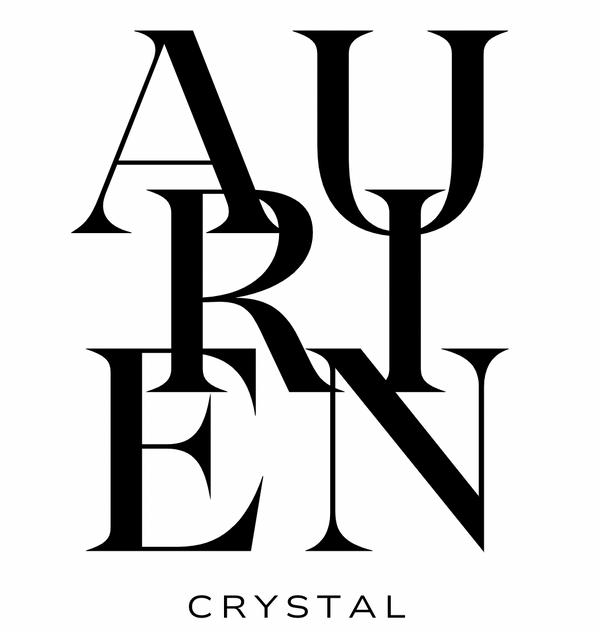Collection: Brazilian Green Quartz
Brazilian Green Quartz Bracelet — FAQ
What is Brazilian green quartz?
Green quartz is quartz showing fresh green hues. In the trade it may refer to naturally green quartz, prasiolite (green amethyst formed by heating specific amethyst), or dyed green quartz. Our selection focuses on Brazilian material chosen for clean color and polish.
What color should I expect from green quartz beads?
Expect mint to medium grass-green with glassy translucence. Slight shade variation and tiny internal veils are normal in genuine quartz strands.
Green quartz vs aventurine vs prasiolite — how do they differ?
Green quartz: glassy, clear-to-translucent. Aventurine: quartz with sparkly mica (aventurescence), often more opaque. Prasiolite: green quartz produced from certain amethyst by controlled heating; typically a cooler sage tone with high clarity.
Is green quartz natural or treated?
Both exist. Natural green quartz is rarer; prasiolite and dyed quartz are common in the market. Reputable sellers provide clear treatment disclosure so you can choose the look you prefer.
Is green quartz durable for daily bracelets?
Yes—quartz is Mohs 7. It’s well-suited for everyday wear; avoid sharp impacts and gritty abrasion to preserve the high polish.
How do I clean a green quartz bracelet?
Use lukewarm water + mild soap, rinse, and dry with a soft cloth. Skip ultrasonic/steam if the bracelet has plated components or visible fractures.
Can I shower or swim with it?
Brief clean-water contact is fine, but avoid hot tubs, chlorine, and saltwater. Dry thoroughly to protect shine and string/metal parts.
What does green quartz symbolize?
In crystal traditions, it’s worn as a reminder of renewal, balanced energy, and clear intention. Many use it as a belief-based cue for motivation and steady focus.
How do I pick the right bracelet size?
Measure a snug wrist and add 0.5–0.7 in (1.2–1.8 cm) for elastic comfort. Small ≈ 5.5–6 in, Medium ≈ 6–6.5 in, Large ≈ 6.5–7 in.
6 mm vs 8 mm — which bead size is better?
6 mm = sleek and stack-friendly; 8 mm = bolder color as a single-strand focal or a strong anchor in stacks.
What stacks well with Brazilian green quartz?
For freshness, pair with baroque pearls. For contrast, add black onyx or clear quartz. For warmth, layer gold-plated accents.
How can I tell real green quartz from glass or low-grade dye?
Genuine quartz feels cool/heavy and shows natural internal features (not bubbles). Overly neon, perfectly uniform color can indicate dyed material; glass often shows bubbles and warmer hand-feel.
This collection is empty
